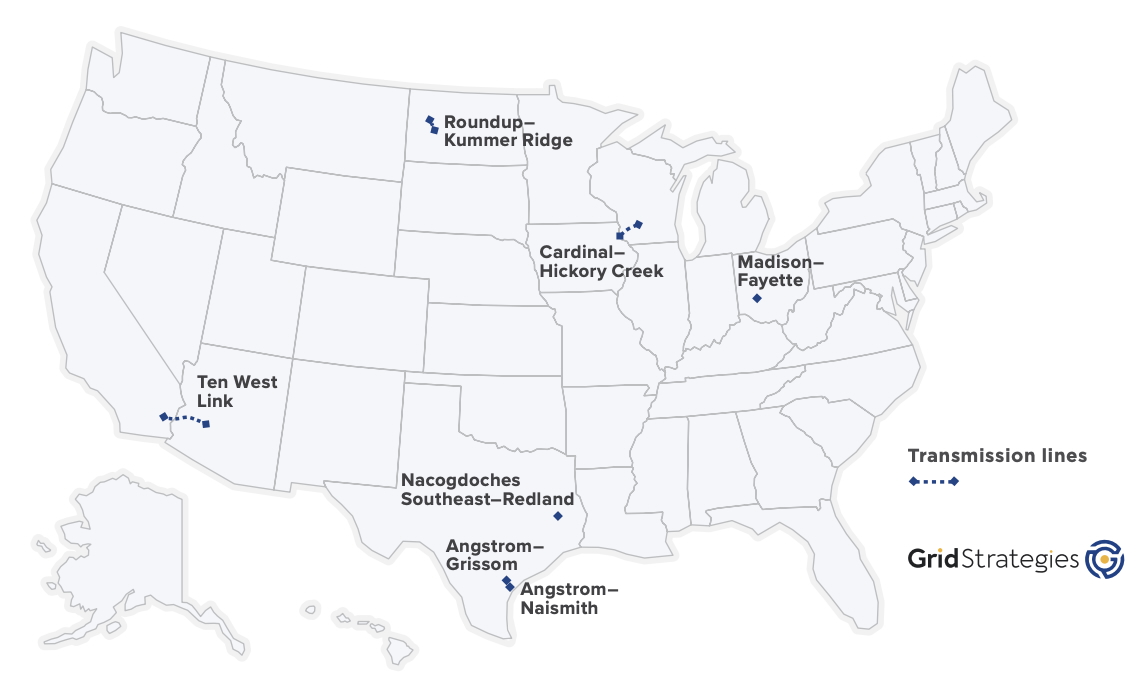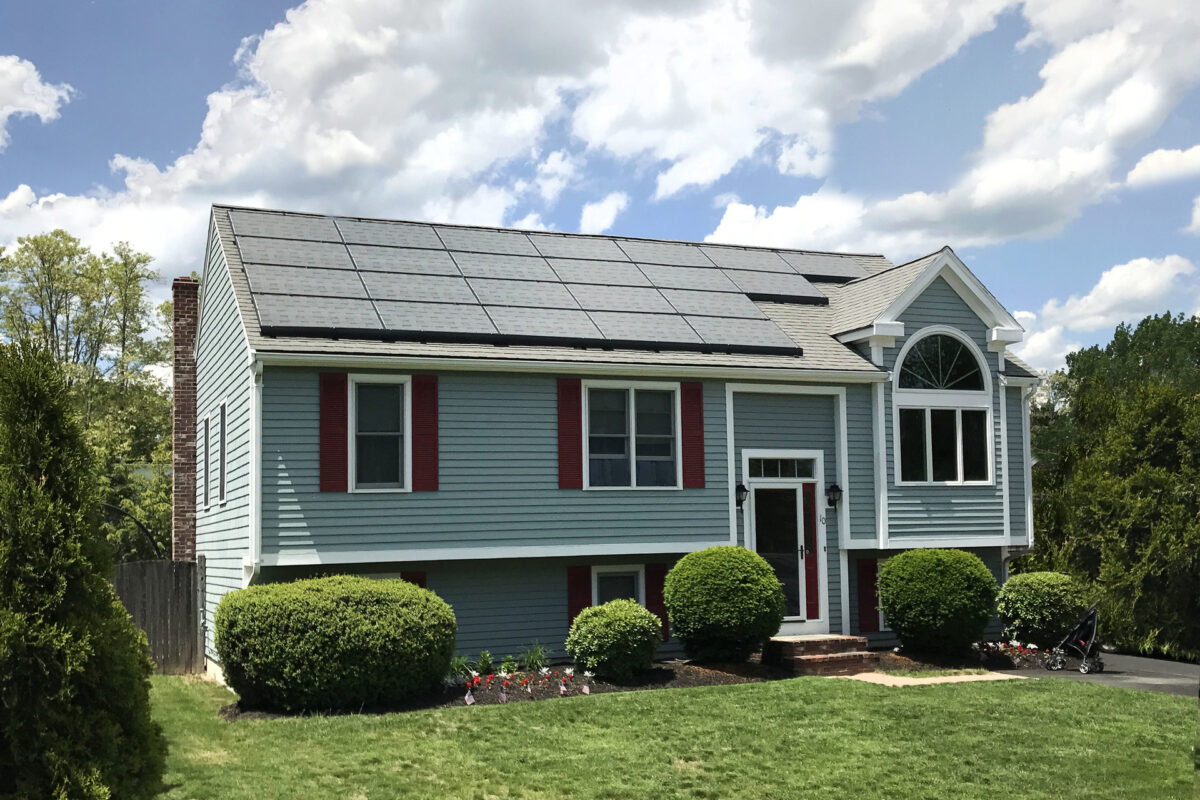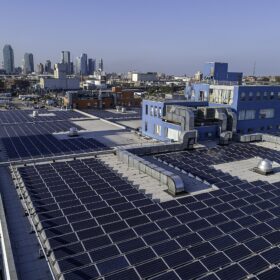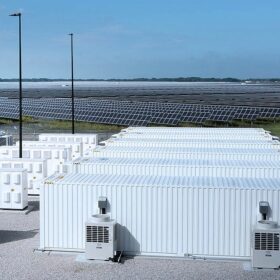The lowest-cost way to meet future U.S. electricity demand requires at least 5,000 miles of high-capacity transmission expansion per year, but last year only 888 miles were built, not counting reconductored transmission, according to a report by GridStrategies.
The report, from Americans for a Clean Energy Grid and focused on the need for transmission to meet demand growth, is titled “Fewer new miles: Strategic industries held back by slow pace of transmission.”
The annual benchmark of at least 5,000 miles of new high-capacity transmission is based on the U.S. Department of Energy’s 2024 National Transmission Planning Study. The study compared how the optimal electricity system, which would be a high-renewables grid given the low cost of renewables, might evolve with different constraints and opportunities for transmission.
Under the study’s most conservative scenario, DOE’s findings “imply the need” to build about 5,000 miles per year of high-capacity transmission within grid regions, along with more interregional transmission, the report says.
Solar benefits
With increased transmission capacity, solar and storage projects located near new or upgraded transmission lines can more easily interconnect to the grid.
One interregional project completed last year, a 125-mile, 500 kV line connecting a substation in Arizona with one in California, will likely transmit solar power because the report says it will support “anticipated growth in new generation in the desert Southwest.”
Gearing up
The United States added nearly 4,000 miles of high-voltage transmission in 2013, the report said, but since then, “development has slowed to a trickle.”
Even so, the expertise and capacity to build new high-voltage lines “still exists, and the success of 2013 shows that it can be done again with the right policies and commitments in place.”
Achieving the transmission growth needed will require “proactive, multi-value” transmission planning, which is now required under Federal Energy Regulatory Commission Order 1920.
Transmission providers have received extensions on their deadlines to comply with Order 1920. But four transmission providers have made progress in the interim, making tens of billions of dollars of transmission investment decisions in 2024:
- $21.8 billion by mid-continent grid operator MISO
- $13 billion by Texas grid operator ERCOT
- $7 billion by central U.S. grid operator SPP
- $6 billion by California grid operator CAISO.
The report suggested a “lesson” for high-voltage transmission, saying that “natural gas pipelines get built under strong FERC permitting authority” because under the Natural Gas Act, FERC has the authority to site interstate pipelines.
As for transmission between regions, the report notes that a study last year by the North American Electric Reliability Corporation projected that 35 GW of interregional transfer capacity “may be needed by 2033 to maintain reliability.”
Reconductoring
“There are many miles” of transmission that are reconductored in the United States every year, said a spokesperson for Americans for a Clean Energy Grid, but data on reconductoring was not readily available to include in the report.
Dave Bryant, director of technology for CTC Global Corporation, which manufactures advanced conductors used for reconductoring, said the company received about 40 orders for its conductors for projects in the United States in 2023 and 2024.
This content is protected by copyright and may not be reused. If you want to cooperate with us and would like to reuse some of our content, please contact: editors@pv-magazine.com.








By submitting this form you agree to pv magazine using your data for the purposes of publishing your comment.
Your personal data will only be disclosed or otherwise transmitted to third parties for the purposes of spam filtering or if this is necessary for technical maintenance of the website. Any other transfer to third parties will not take place unless this is justified on the basis of applicable data protection regulations or if pv magazine is legally obliged to do so.
You may revoke this consent at any time with effect for the future, in which case your personal data will be deleted immediately. Otherwise, your data will be deleted if pv magazine has processed your request or the purpose of data storage is fulfilled.
Further information on data privacy can be found in our Data Protection Policy.